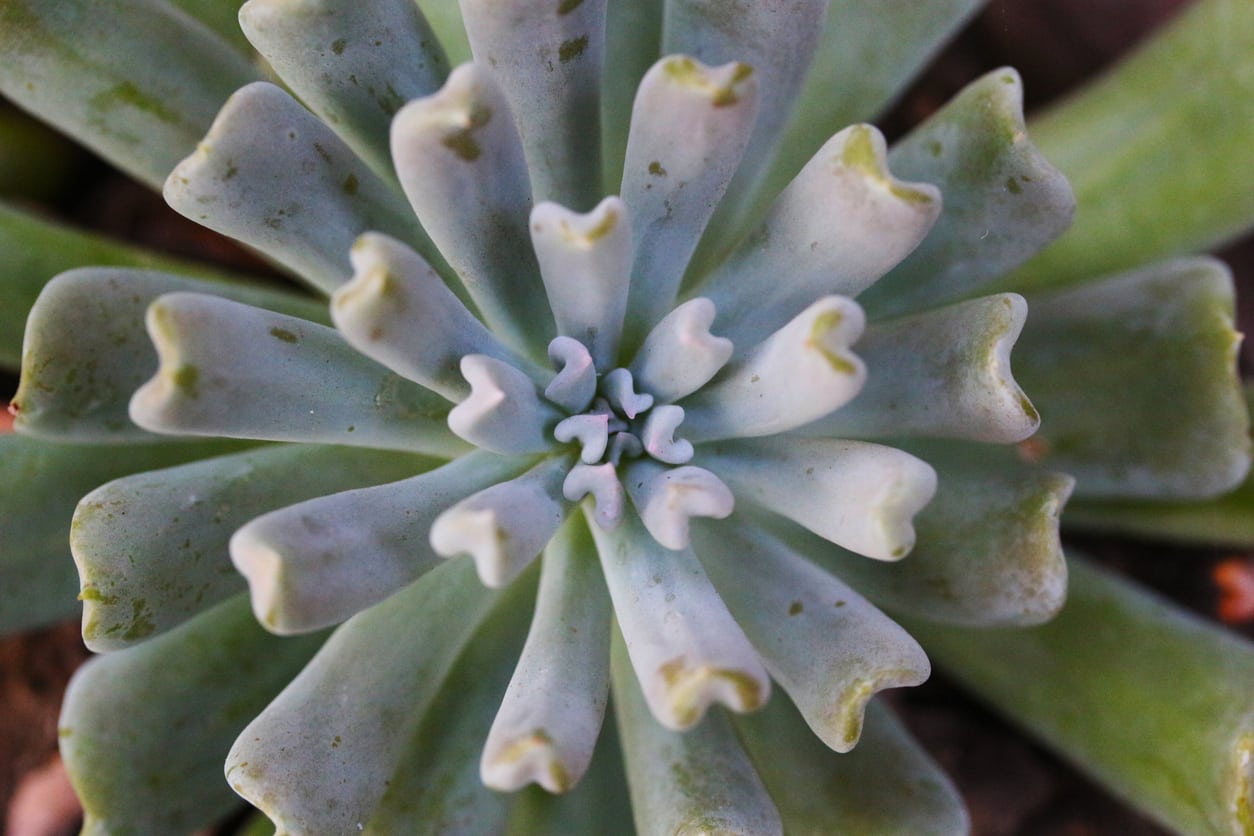Irish Mint Echeveria Info: How To Grow An Irish Mint Succulent


Echeveria is a genus of stonecrop plants with a huge variety of species and cultivars, many of which are very popular in succulent gardens and collections. The plants are known for their relatively compact size, rosettes of thick, fleshy leaves, and occasional showy flower stalks. One beautiful and easy-care variety is Echeveria ‘Irish Mint,’ a bright green drought-tolerant specimen. Keep reading to learn more about growing an Irish Mint echeveria plant.
Irish Mint Echeveria Info
What is an Irish Mint succulent? An echeveria cultivar, Irish Mint is the resulting offspring of Echeveria derenbergii and Echeveria runyonii ‘Topsy Turvy.’ The plant can be identified by its bright mint green leaves that have a distinct tubular shape and grow in an upswept pattern. It tends to grow to about 6 inches (15 cm.) in height. Like most echeveria plants, it will readily produce pups that can be separated and started as their own plants. It will sometimes produce showy orange flowers that are known to attract hummingbirds if the plants are kept outdoors.
Growing an Irish Mint Echeveria Succulent
Irish Mint plants, like many echeverias, are desert dwellers and will tolerate drought conditions very well. Their roots are sensitive to rot, and can become waterlogged easily. Because of this, you should only grow Irish Mint plants in extremely porous, well-draining potting media. Their soil should be allowed to dry out to the touch in between waterings, but when it comes, irrigation should be deep and thorough. While these plants can tolerate some shade, they will start to stretch out and become leggy. They do best with bright light, good airflow, infrequent deep waterings, and regular feedings. This will ensure good, compact rosette growth and impressive golden orange blooms. They do not do well with extreme heat or below freezing temperatures, making them good candidates for houseplant life on a brightly lit windowsill indoors.
Sign up for the Gardening Know How newsletter today and receive a free copy of our e-book "How to Grow Delicious Tomatoes".

The only child of a horticulturist and an English teacher, Liz Baessler was destined to become a gardening editor. She has been with Gardening Know how since 2015, and a Senior Editor since 2020. She holds a BA in English from Brandeis University and an MA in English from the University of Geneva, Switzerland. After years of gardening in containers and community garden plots, she finally has a backyard of her own, which she is systematically filling with vegetables and flowers.